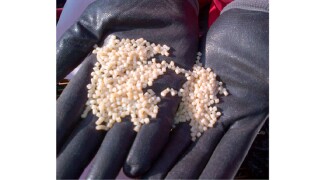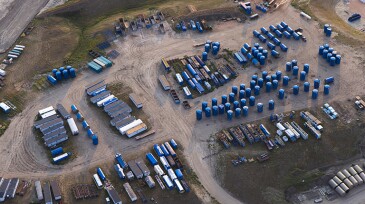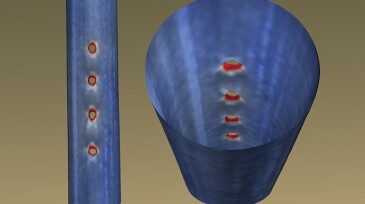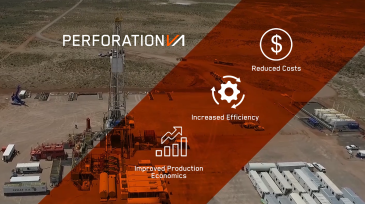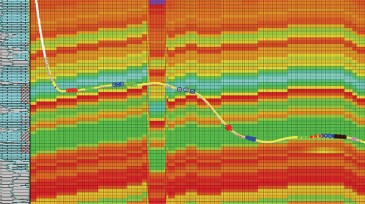Fracturing/pressure pumping
Technology developers expect the tight-oil industry to give lightweight proppants another look after the Permian Basin’s biggest operator becomes an adopter.
This paper describes development of a high-temperature water-based reservoir drill-in fluid using a novel synthetic polymer and customized with optimal chemical concentrations and sized calcium carbonate.
In this case study, a geomechanics-based approach was used to create bridging and sealing at the fracture aperture using a biparticle self-degradable lost-circulation-fluid system.
-
SponsoredAmong the industry’s shortest and most advanced dissolvable frac plugs, Stinger delivered big to this Howard County, TX operator with time and cost savings.
-
A 2-year study of a formation used for saltwater disposal in the Bakken may hold promise of decreasing the pressurization of the formation and increasing the reuse of the briny produced water.
-
When fracturing, simply shooting all the perforations at the same spot in the casing can offer increased production at a low cost.
-
This study in a shale-oil formation quantified the hydraulic fracture propagation process and described the fracture geometry by developing a geomechanical forward model and a Green’s function-based inversion model for low-frequency distributed acoustic sensing data interpretation, substantially enhancing the value of the LF-DAS data in the process.
-
SponsoredHigh-resolution optical measurements hold the key to unlocking the performance of hydraulically fractured wells
-
This paper summarizes the design processes, selection criteria, challenges, and lessons learned during design and execution phases for fracturing in a tight, low-permeability carbonate reservoir with thin layers.
-
This paper presents recent results from a rigorous pilot-scale demonstration of natural-gas foam over a range of operating scenarios relevant to surface and bottomhole conditions with a variety of base-fluid mixtures.
-
It won’t happen overnight, but a growing number of US shale players are taking important steps to bring more automation and stage-level decision making to the hydraulic fracturing process in tight reservoirs.
-
The paper presents a case study of fracture interaction mitigation in a multistage horizontal stimulation of an offshore Black Sea well.
-
This issue marks the debut of the Hydraulic Fracturing Operations feature in JPT. While hydraulic fracturing has long been a feature topic, this year, we are branching this major area of interest into both this feature and a Hydraulic Fracturing Modeling feature, which will appear in the November issue of the magazine.



